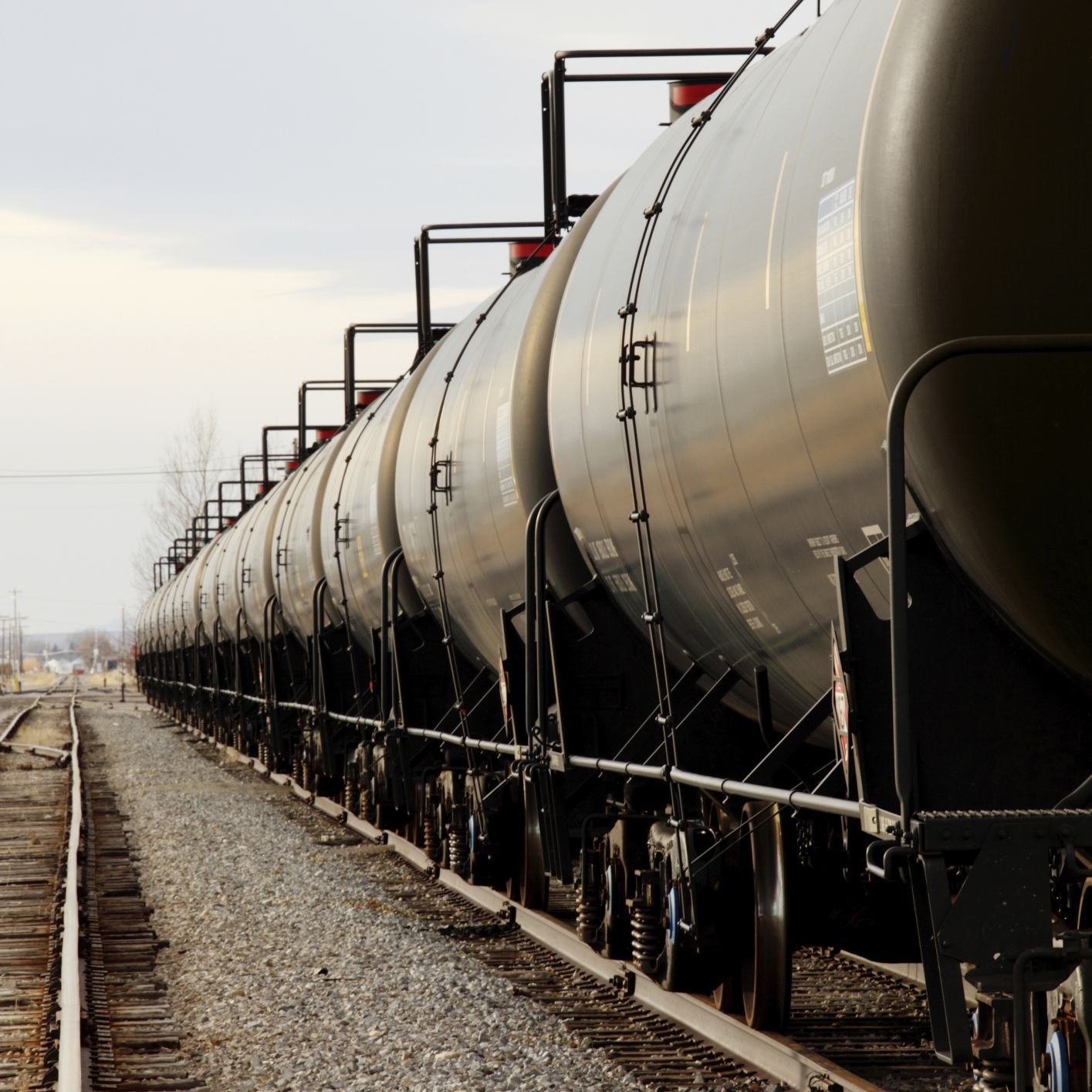Economy
How Wholesale and Retail Inflation Disparity May Pressure the Fed

Published:
Last Updated:

When most people think of inflation they might get tricked into thinking that the prices of goods and services all rise across the board. The reality is that inflationary is a basket of prices, so prices of some things may rise while others prices fall. It also turns out that sometimes the overall costs of operating a business or of buying commodities rise faster than what the businesses can charge to consumers.
As of September 2017, there was a disparity between wholesale inflation and consumer inflation. Energy costs, such as gasoline, are playing a key role here. It is going to be important to watch whether the price of oil can stay above $50 per barrel in the weeks and months ahead.
There is also a discrepancy between monthly and annual reporting of the inflationary readings. The monthly inflationary numbers tend to be small because of the short period. Economists and the rest of us key in on annual inflationary pressure. It is also that annual target that the Federal Reserve uses for its 2.0% to 2.5% inflation goal.
This week brought the reading for wholesale inflation on Thursday and retail inflation on Friday. The latest monthly reading on the headline producer price index (PPI) for September was 0.4%, compared with 0.5% for the consumer price index (CPI). The monthly core PPI reading, which excludes food and energy, was up 0.4%, versus a mere 0.1% gain on CPI.
Where the numbers start to matter and to translate in to real issues are the annual numbers; that is, September 2017 prices versus September 2016. Again, this is what the Fed looks at in order to justify whether it should raise interest rates. The annualized headline PPI was up 2.6% in September, versus a 2.2% rise in the CPI reading. September’s core readings, again backing out food and energy, were up 2.2% on PPI and up just 1.7% on CPI.
Many issues that play into inflation get smoothed over, often unjustly, in the consumer and producer price indexes. Several statements from the Bureau of Labor Statistics (BLS) will show where some of these disparities took place on the consumer side of the inflation readings:
The gasoline index increased 13.1 percent in September and accounted for about three-fourths of the seasonally adjusted all items increase. Other major energy component indexes were mixed, and the food index rose slightly.
The energy index rose 10.1 percent over the past 12 months, its largest 12-month increase since the period ending March 2017. The food index increased 1.2 percent over the last year.
Hurricane Irma had a small impact on data collection in September. Data collection was affected in some areas in Florida.
The BLS also commented about several issues on the producer (wholesale) side of inflation for September:
Nearly 30 percent of the increase in prices for final demand services can be attributed to margins for machinery, equipment, parts, and supplies wholesaling, which rose 1.3 percent.
Prices for final demand goods rose 0.7 percent in September, the largest increase since moving up 1.0 percent in January. Over 80 percent of the September advance can be traced to the index for final demand energy, which climbed 3.4 percent.
Two-thirds of the September increase in the final demand goods index can be attributed to prices for gasoline, which jumped 10.9 percent.
Hurricanes Harvey and Irma had virtually no impact on data collection efforts or survey response rates, and no changes in estimation procedures were necessary.
There are a couple of considerations here. One is that most of the price gains seem to be around energy. Unfortunately, higher energy prices ripple all the way down through the economy because it takes energy to make everything and it takes energy to get products to market.
As of Friday, the current consensus was for the next interest rate hike to come in December, and there is a split over whether there will be two or three rate hikes in 2018. A lot can happen that could change any of those forecasts.
Another thought is that wholesale prices will translate to higher consumer prices. This generally takes two or three months to be proven out, because businesses often have months worth of commitments already on the books and because it is harder to pass on price hikes than it is to lower prices.
The long and short of the matter is that inflation is not out of hand. Still, it is close to or within that 2.0% to 2.5% Fed target threshold, depending on which targets you measure. And wage pressure has been heating up now that unemployment is well under the “full employment” level measured by the Federal Reserve.
Are you ahead, or behind on retirement? For families with more than $500,000 saved for retirement, finding a financial advisor who puts your interest first can be the difference, and today it’s easier than ever. SmartAsset’s free tool matches you with up to three fiduciary financial advisors who serve your area in minutes. Each advisor has been carefully vetted and must act in your best interests. Start your search now.
If you’ve saved and built a substantial nest egg for you and your family, don’t delay; get started right here and help your retirement dreams become a retirement reality.
Thank you for reading! Have some feedback for us?
Contact the 24/7 Wall St. editorial team.